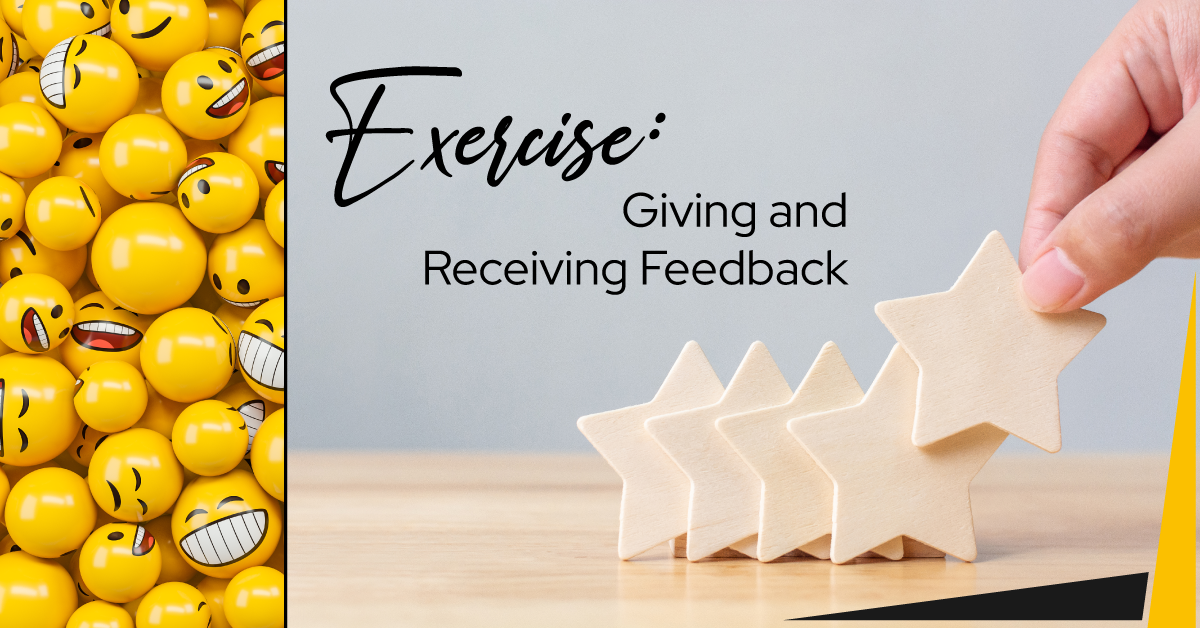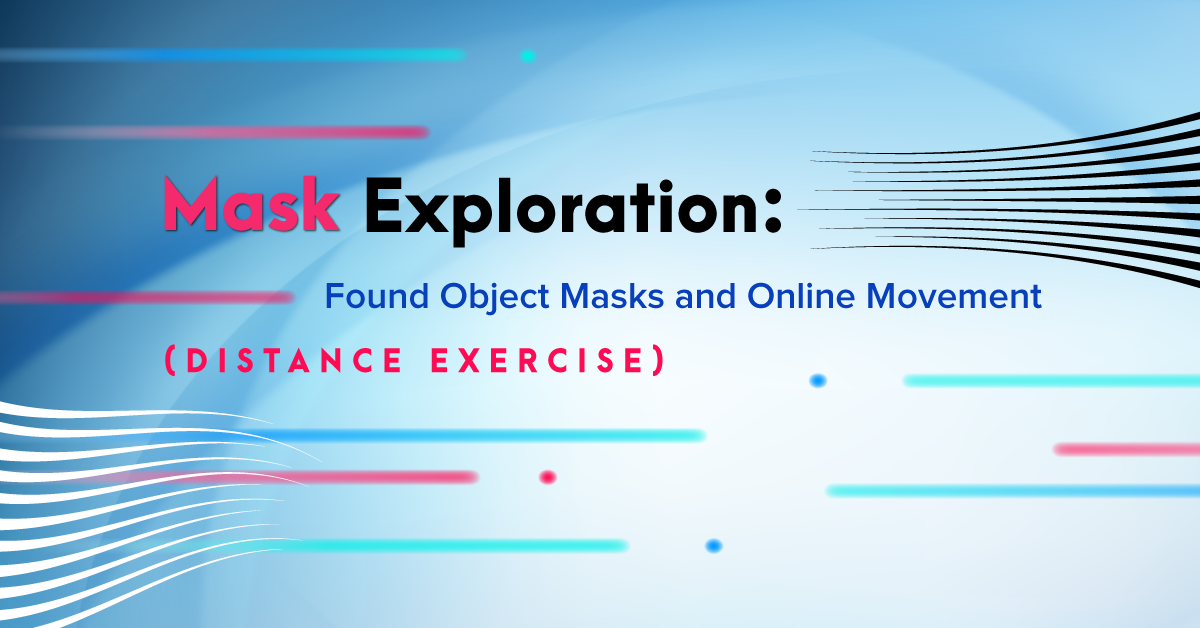Exercise: Giving and Receiving Feedback
Giving and receiving feedback are skills that take practice. Students may worry that they will offend their peers or hurt their feelings while giving feedback. It also takes practice for students to give useful feedback, rather than simply stating whether or not they liked what they saw. When receiving feedback, students may misinterpret or internalize it and think that they’re being criticized. Or they may take it personally, rather than viewing it as an opportunity to learn and grow.
In this exercise, students will practice giving and receiving feedback with their peers, and explore the process verbally and in writing. It’s useful for drama teachers to know how students prefer to receive feedback, so they can help them learn and grow using their preferred methods when possible.
Pre-Exercise Work: Review our Effective Peer Feedback article and have your students determine what effective peer feedback is and isn’t. Depending on the needs and personalities of your students, you may also want to work through the action steps presented in our article, How to Deal With Students Who Can’t Handle Feedback.
Instructions:
1. Divide students into pairs. Then have each pair join another pair to create a group of four. Have the students decide which pair will be Pair A and Pair B. Pair A will be the first performers, and Pair B will be the first to give feedback.
2. Pair A will have ten minutes to prepare a brief scene — an improvisation, a mime scene, a tableau scene, or a short scene (this can be with script in hand). They will perform the scene for Pair B.
3. Pair B will come up with two pieces of feedback about the performance and write each piece on a separate sheet of paper.
4. Pair B will deliver one piece of feedback verbally to Pair A.
5. Then, Pair B will give Pair A the other piece of feedback written on paper. Pair B will then move away from Pair A and have ten minutes to prepare their own scene while Pair A reads their feedback.
6. Repeat the exercise, with Pair B performing and Pair A giving one piece of verbal and one piece of written feedback.
7. Have students reflect on the following questions (individually, in their groups of four, or as a full class):
- Do students prefer to receive verbal or written feedback? Why?
- Do students prefer to give verbal or written feedback?
- What are the advantages and disadvantages of giving verbal feedback?
- What are the advantages and disadvantages of giving written feedback?
- Do you think it is better to give verbal or written feedback in class? In rehearsal for a show? Why?



